2018 Toyota Yaris review, road test
Will the ever-dependable Toyota badge and class-leading safety equipment be enough to lure buyers towards this mid-size sedan, despite its premium pricing?
Published on Jun 07, 2018 06:00:00 AM
70,947 Views
Follow us on
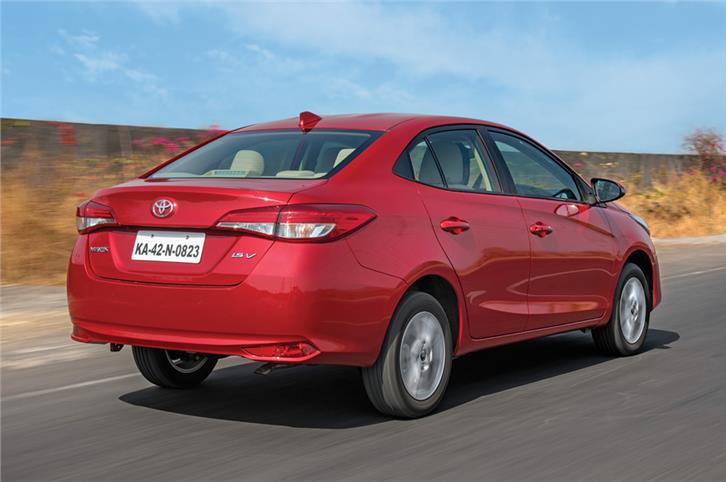
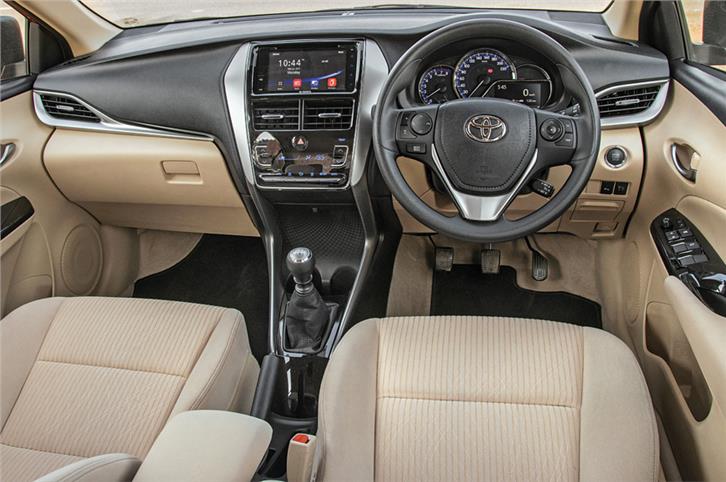

The Yaris is built on the common ‘B platform’ which underpins other global Toyota models as well. This third-gen model was first launched in 2013 in international markets and received a major facelift in 2017, and it is this heavily updated version that we get here. With every generation change, cars usually grow in size – consider the Honda City and Hyundai Verna, presently in their most recent iterations, while the Ciaz was only born in 2014 – and the Yaris, being the oldest of the lot, appears to be a bit smaller than its rivals in length and even has the shortest wheelbase. It weighs 1,120kg (MT), making it heavier than the Ciaz and City, second only to the Verna.
Modern Toyotas like the Innova Crysta and Fortuner sport a bold design language with a lot of flash and sharp styling cues that give them a unique identity. In the Yaris’ case though, the designers have taken a more conventional approach, and while it can’t be called stylish or handsome, the design is best described as safe and functional. It, however, does get adequate distinct design elements, like oversized headlamps and a large trapezoidal front air dam that dominates its face. When you see it in the flesh, you’ll definitely catch a second glance to confirm that the floating body-coloured panel on the air dam’s base doesn’t run along its entire breadth. In the top VX variant, the topmost corners of the air dam get LED DRL strips but they seem like an aftermarket add-on. The horizontal air intake, resembling a letterbox slot, just above the air dam, and the vertical fog lamp housings, both add some character to the Yaris’ face. The bonnet has bold creases and there’s a prominent cut on the doors well. Excessively long overhangs at the front and rear make the car look ungainly from certain angles, and its 15-inch wheels look a size smaller, more so due to the raised ride height of the Indian-spec car. The rear three-fourth profile looks very bulky, and with the tail-lamps stretched too long and the raised bumper height, the styling is very disproportionate. The roof of the Yaris has a wavy design for added rigidity to the structure.
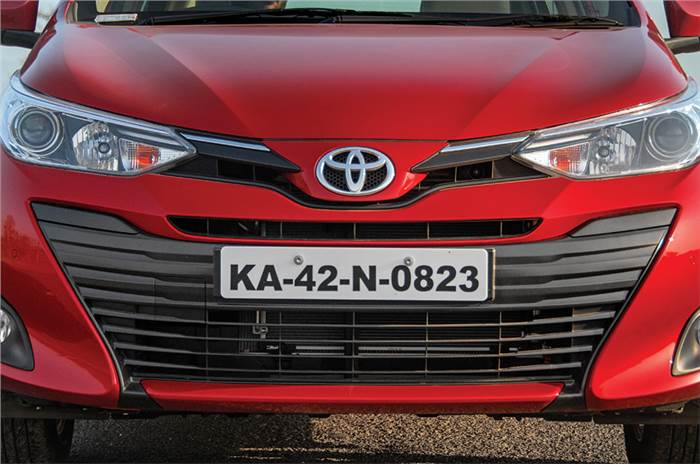
Copyright (c) Autocar India. All rights reserved.

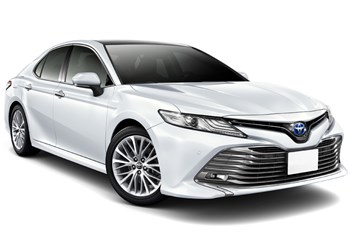


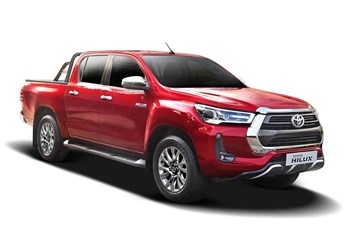
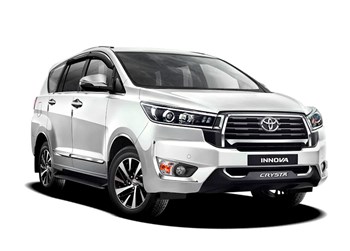
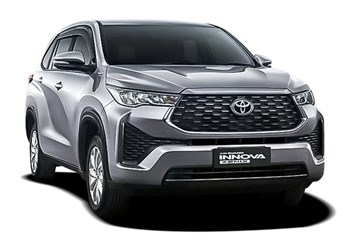
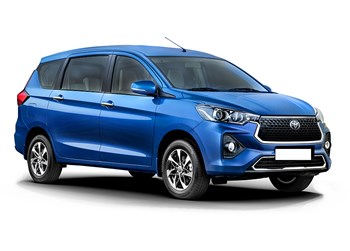
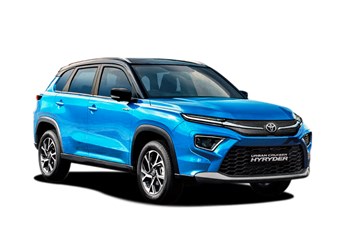
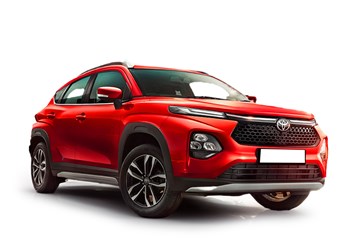
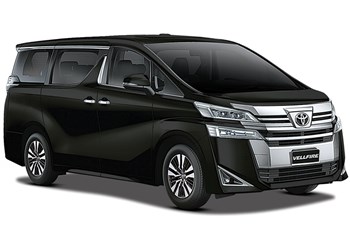




Comments
Member Login
Personal Details
No comments yet. Be the first to comment.